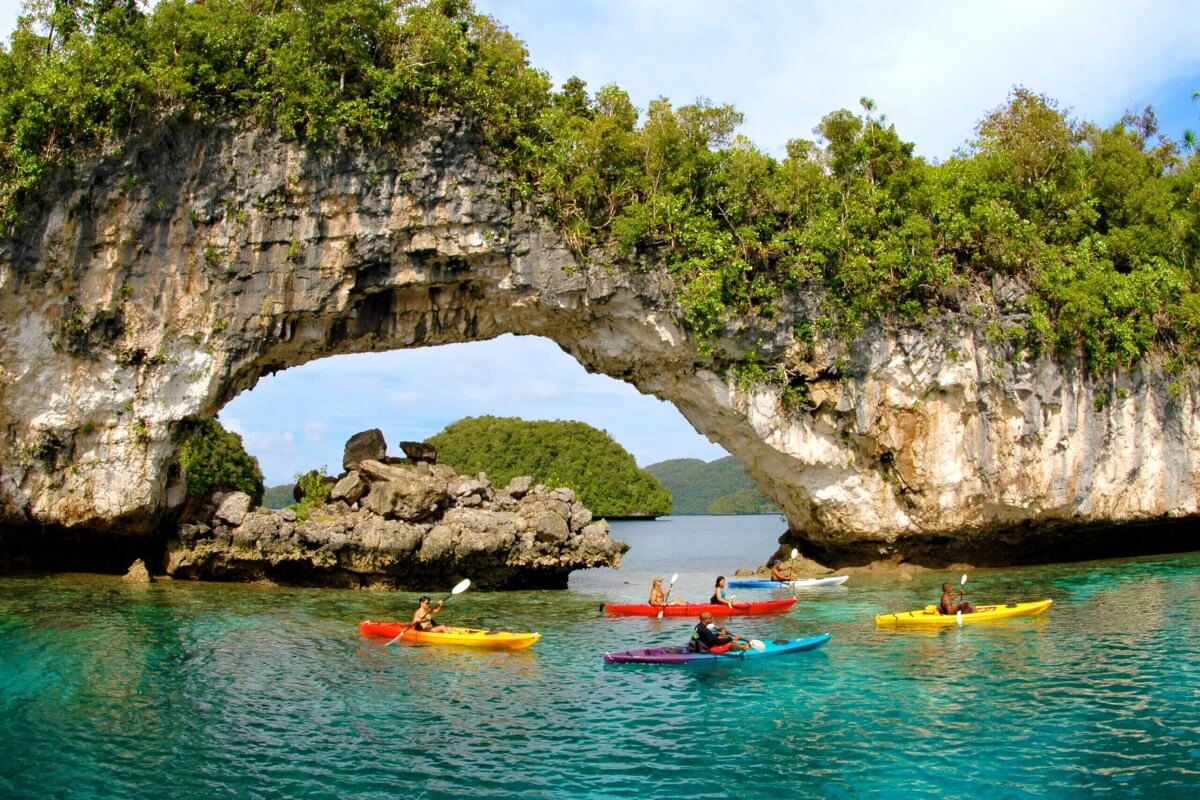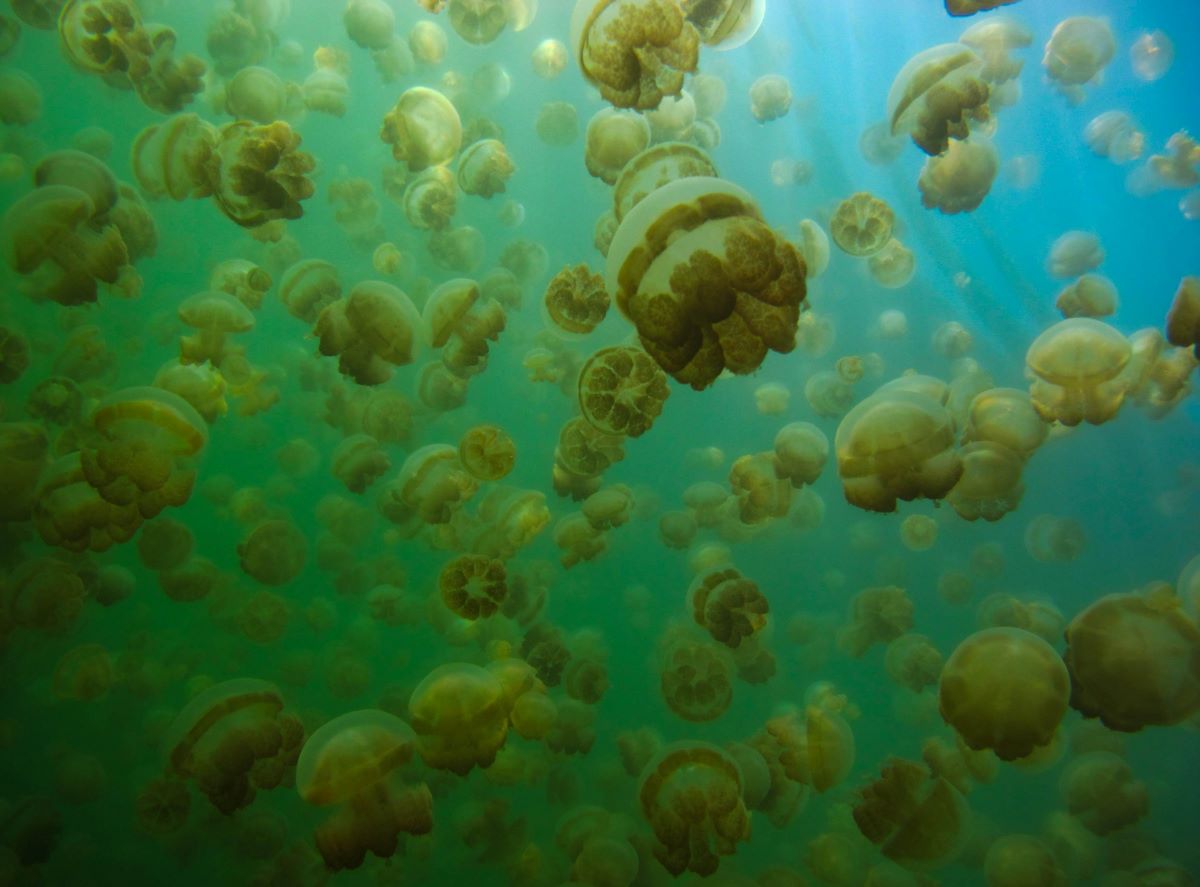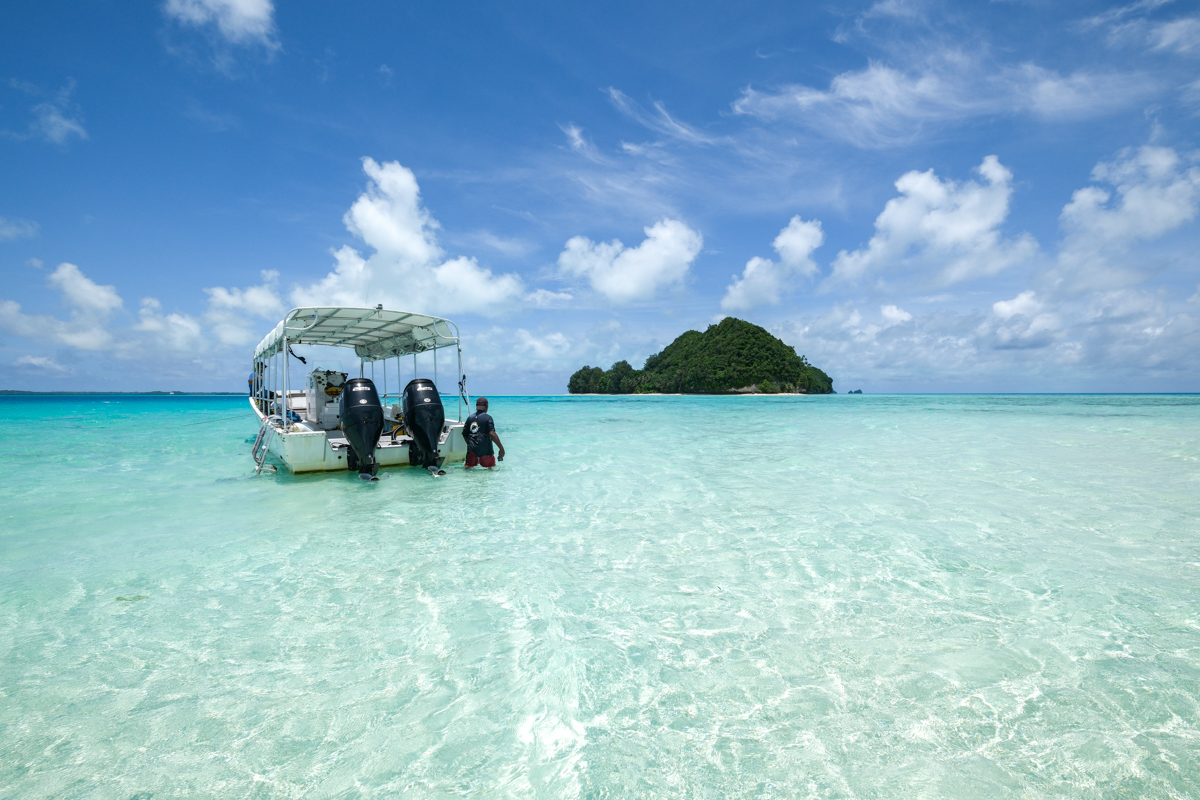
Nature’s Masterpiece
Rock Island of The Southern Lagoon
Discover the remarkable ecological and cultural significance of the Rock Islands, where nature's beauty and human history intertwine in an exceptional way.

Coral Reefs and Marine Diversity
Spanning 100,200 hectares and consisting of 445 uninhabited limestone islands of volcanic origin, the UNESCO World Heritage inscribed Rock Islands of the Southern Lagoon in Palau hold such immense global significance that their loss would be an irreplaceable tragedy for humanity. This extraordinary location now stands proudly among the world's most renowned World Heritage sites, including the Great Barrier Reef in Australia, the Taj Mahal in India, and the Galapagos Islands in Ecuador.
Under the jurisdiction of Koror State, the Rock Islands are a haven for marine life, boasting a wide range of coral reefs, from barrier and fringing reefs to a multitude of channels, tunnels, caves, arches, and coves. This diversity provides a thriving environment for 746 fish species, over 385 types of corals, 13 species of sharks and manta rays, seven giant clam species, and the unique nautilus.
Tucked away in the Rock Islands are 52 marine lakes, more than any other site in the world, with each at different stages of geological and ecological development, offering invaluable live specimens for studying the evolution and speciation of marine life. For instance, five new subspecies of the Mastigias papua jellyfish have been identified within these lakes.

Outstanding Biodiversity on Land
Even on land, the forests of these islands shelter a remarkable array of Palau's endemic birds, mammals, herpetofauna, and nearly half of the nation's endemic plants. The area is recognized for its exceptional conservation value due to its high biological and marine habitat diversity.
Archaeological Significance
The Rock Islands bear witness to human presence and activity dating back over five thousand years. Remains of former human occupation are found in the form of rock art sites, burials, and caves. These artifacts reveal the seasonal utilization of the marine ecosystem, providing insights into ancient subsistence behaviors
Permanent stone villages once occupied some of these islands for several centuries. Abandoned in the 17th-18th centuries, the villages retain remnants of defensive walls, terraces, and house platforms. These settlements reflect the unique adaptation of small island communities to their local environment.

Oral Traditions and Cultural Connection
The descendants of those who migrated from the Rock Islands to Palau's main islands cherish their ancestral connection through oral traditions. These traditions are conveyed through legends, myths, dances, proverbs, and traditional place names, keeping alive the memories of their ancestral lands and waterscapes.
Traditional Resource Governance
A living testament to the mesmerizing dance of nature's bounties and our rich human heritage, the Rock Islands have woven their unique story deep into the vibrant tapestry of Palauan culture. From ancient times to the present, these islands have remained a cherished haven for cultural traditions and leisure pursuits, all carefully guided by time-honored governance systems that stand as pillars of Palau's national identity.
Explore this extraordinary landscape and immerse yourself in a living testament to nature's wonders with Soultrips.
Join us on an extraordinary adventure to explore this natural treasure trove and immerse yourself in the rich heritage of Palau. Explore Palau with SoulTripsDiscover More
Explore Our Experiences
All our trips are designed with sustainability and your well-being in mind. Explore with a conscience and leave nothing but footprints of inspiration.
Start Your Adventure Today




